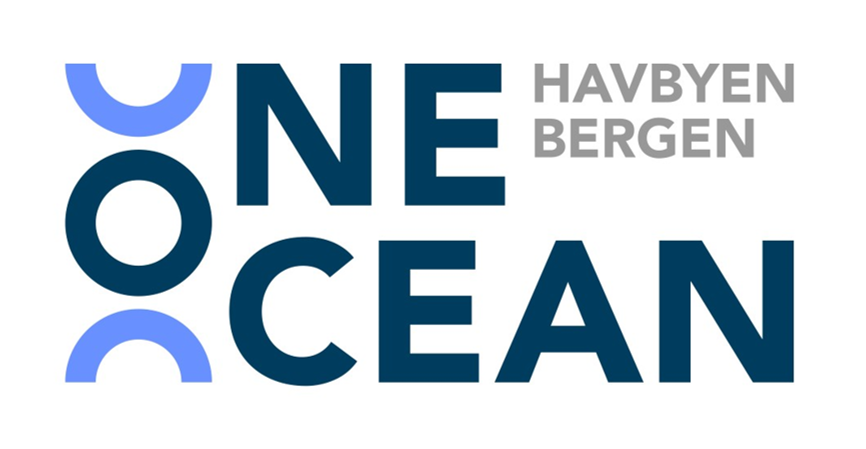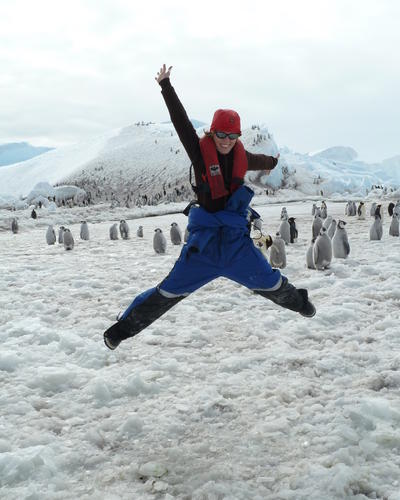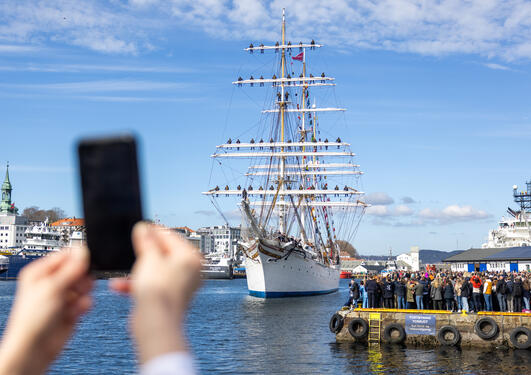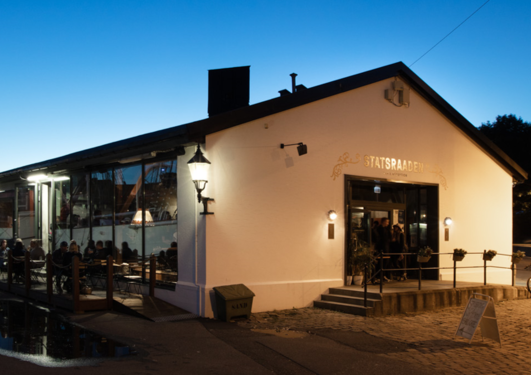Eleven tents, three holes, and one bathtub - How to observe the ocean below a 400 m thick, floating ice shelf in Antarctica
The Antarctic ice shelves – the floating glaciers surrounding most of the continent – are melting from below as oceanic currents bring warm water into the cavity. But how and how fast is the ice melting? In this Ocean Science Bar, you will learn why Antarctic ice shelves matter, about what happens below them, and about what it’s like to do fieldwork ”down south”.

Hovedinnhold
About the event (held in English)
The Antarctic ice shelves – the floating glaciers surrounding most of the continent – are melting from below as oceanic currents bring warm water into the cavity. But how and how fast is the ice melting? Where, when and why? What is actually happening down there, below all that ice? Physical oceanographers like myself, Elin Darelius, are trying to answer these questions, but to do so, we need observations. And how do you observe an ocean covered by several hundreds of meters of thick ice? During the presentation, I’ll talk about why Antarctic ice shelves matter, about what happens below them, and about what it’s like to do fieldwork ”down south”.
The event is free and open for all!
When: 26.09.2024 - 19.00–20.00
Where: Statsraaden Bar & Reception, Bradbenken 2
Organisers: Ocean Science Bar is a collaboration between Statsraad Lehmkuhl, the University of Bergen, the Institute of Marine Research, NORCE, and the Nansen Center. At the Statsraaden Bar & Reception you are welcome to enjoy highlights from marine research and ocean related issues in informal and relaxing surroundings.



